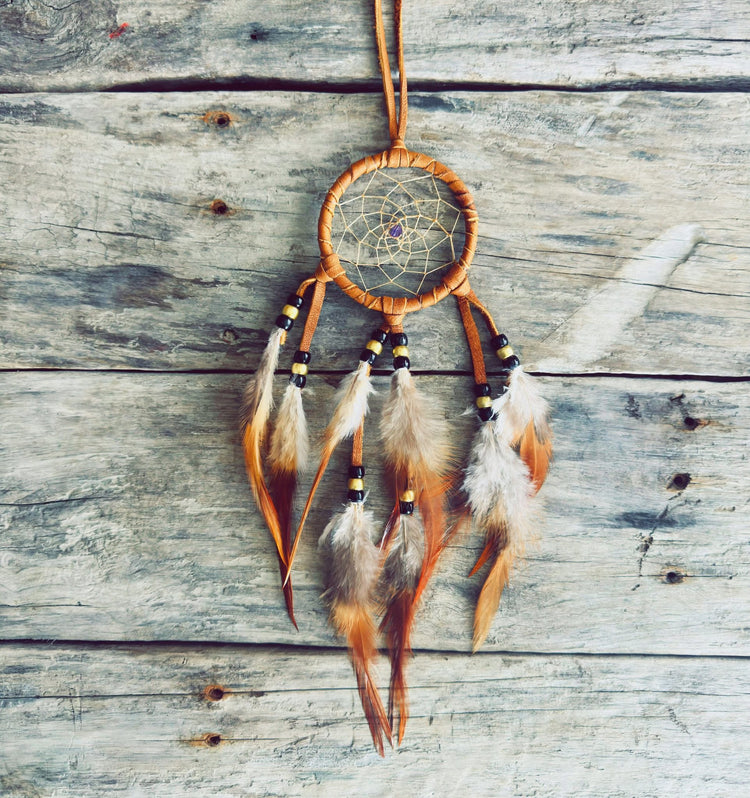The Coyote: A Symbol of Intelligence and Mischief in Indigenous Cultures

The coyote, often perceived as a cunning and intelligent animal, occupies a central place in the myths and legends of the Indigenous peoples of America. This animal is admired for its ability to adapt and survive in diverse environments, making it a fascinating figure in cultural traditions.
A teacher of life lessons
In many cultures, the coyote is considered a teacher who imparts life lessons. Its actions and behavior, sometimes mischievous, are often used to illustrate truths about human nature. Stories featuring the coyote reveal important lessons about humility, wisdom, and the importance of cunning in certain situations.
Adaptability and survival
The coyote is a model of adaptability, capable of surviving in a variety of environments. Whether in arid deserts, grasslands, or forests, the coyote knows how to adapt to find food and protect itself. This ability to adjust to changing circumstances is often celebrated in Indigenous traditions, where the coyote represents resilience and inner strength.
A link with the spiritual world
The coyote is also considered a spiritual being that connects the earthly world to the spiritual world. Rituals involving the coyote are often used to invoke transformative and healing energies. In some traditions, it is believed that the coyote can bring messages from ancestors or spirits, thus strengthening the bond between generations.
The representation of the coyote in art
Indigenous art often features the coyote, using motifs and sculptures to capture its essence. These representations go beyond mere aesthetics; they tell stories, convey lessons, and celebrate the relationship between coyotes and humans. The coyote is a symbol of wisdom and interconnectedness.
Conclusion
The coyote, as a symbol of intelligence and cunning, plays a vital role in Indigenous cultures. Its presence in stories, art, and rituals underscores its spiritual and cultural significance. By honoring the coyote, we acknowledge the lessons it teaches us about life, survival, and our connection to the natural world.
Sources and References :
- The coyote in Native American mythology - Cultural Heritage Studies .
- Symbolism of the coyote in indigenous traditions - Journal of Ethnobiology .
Creations inspired by the spirit of legends
Each piece is handcrafted on the Nitassinan by the Ilnu craftsman Dave Verreault-Thisselmagan.
Indigenous dreamcatchers
Protection • Dreams • Guidance
View the collection


